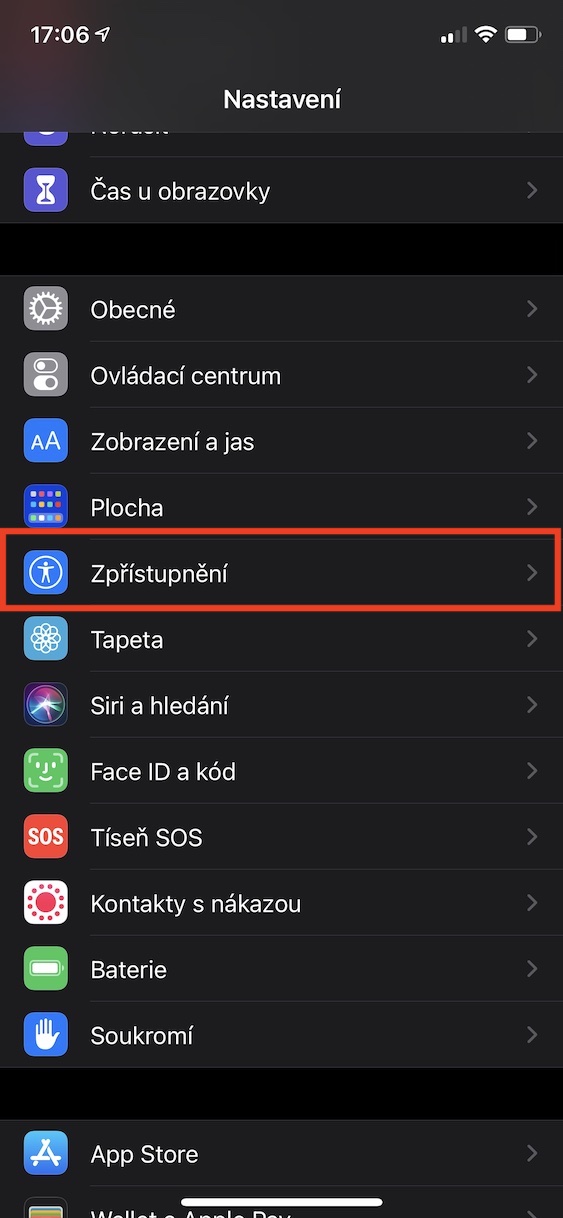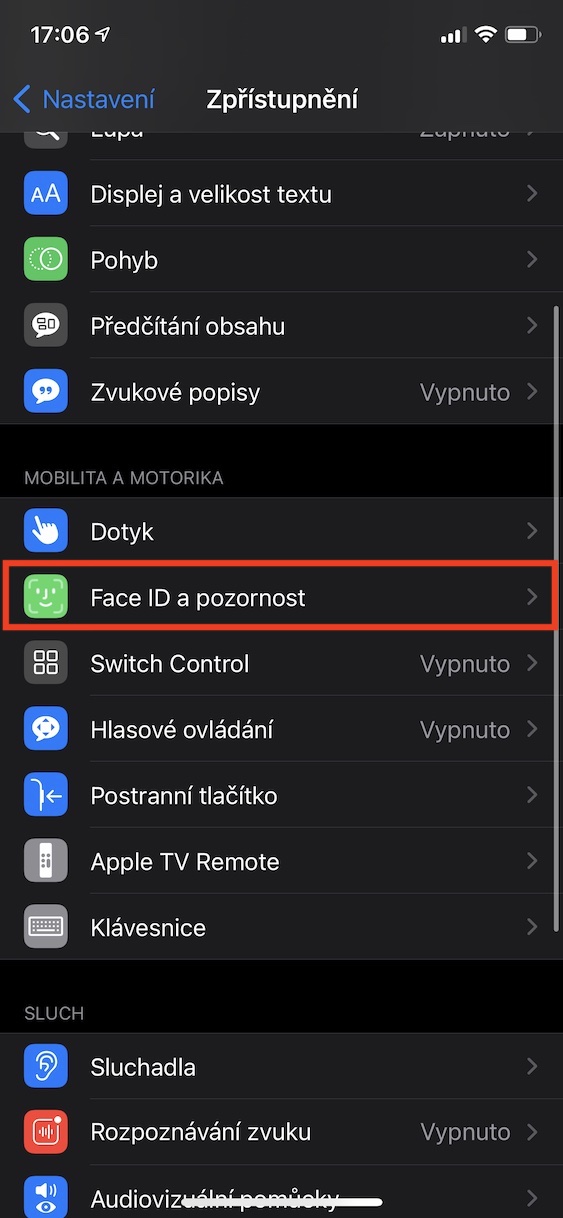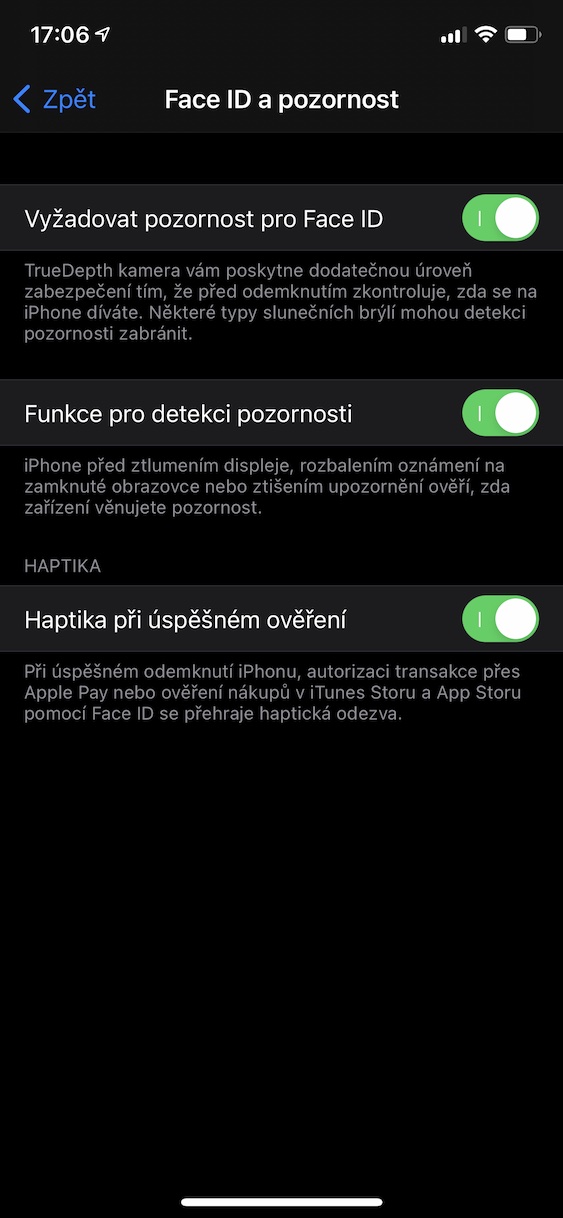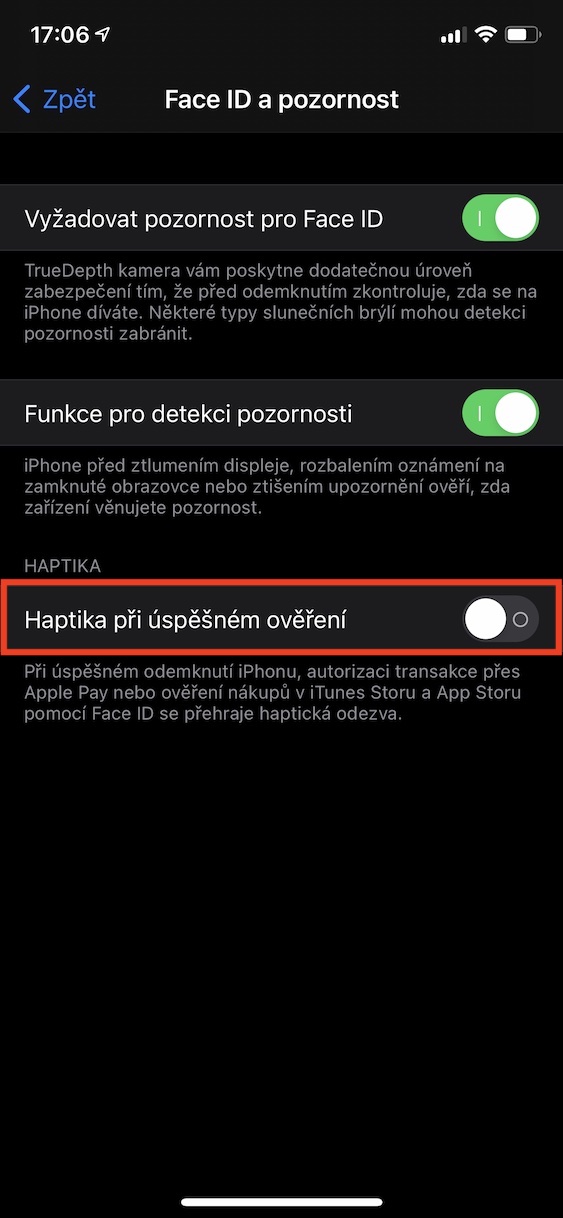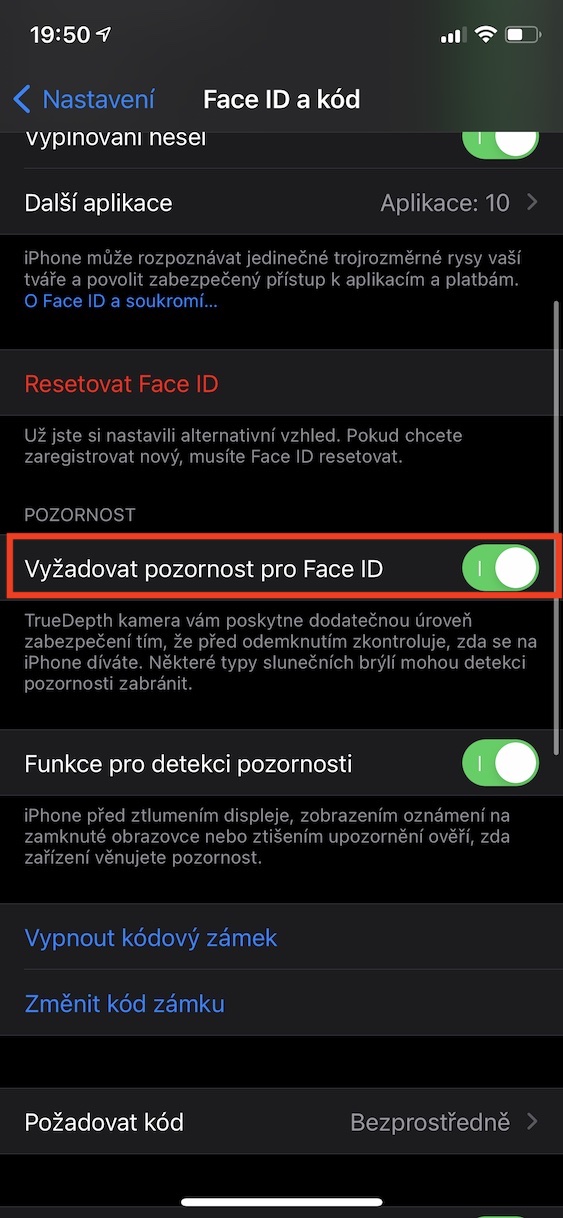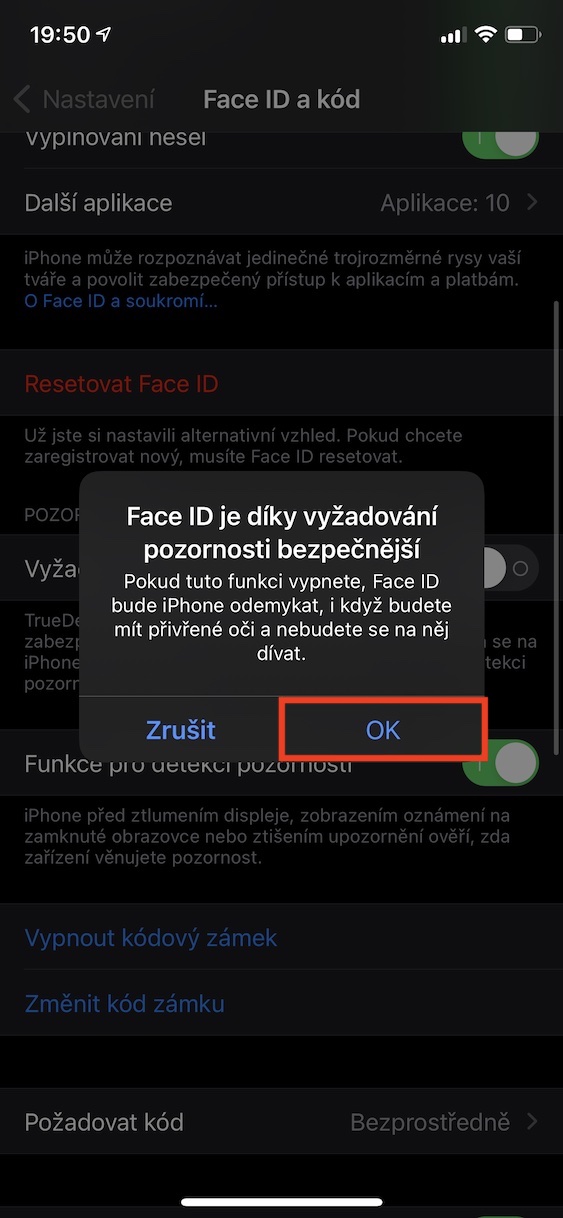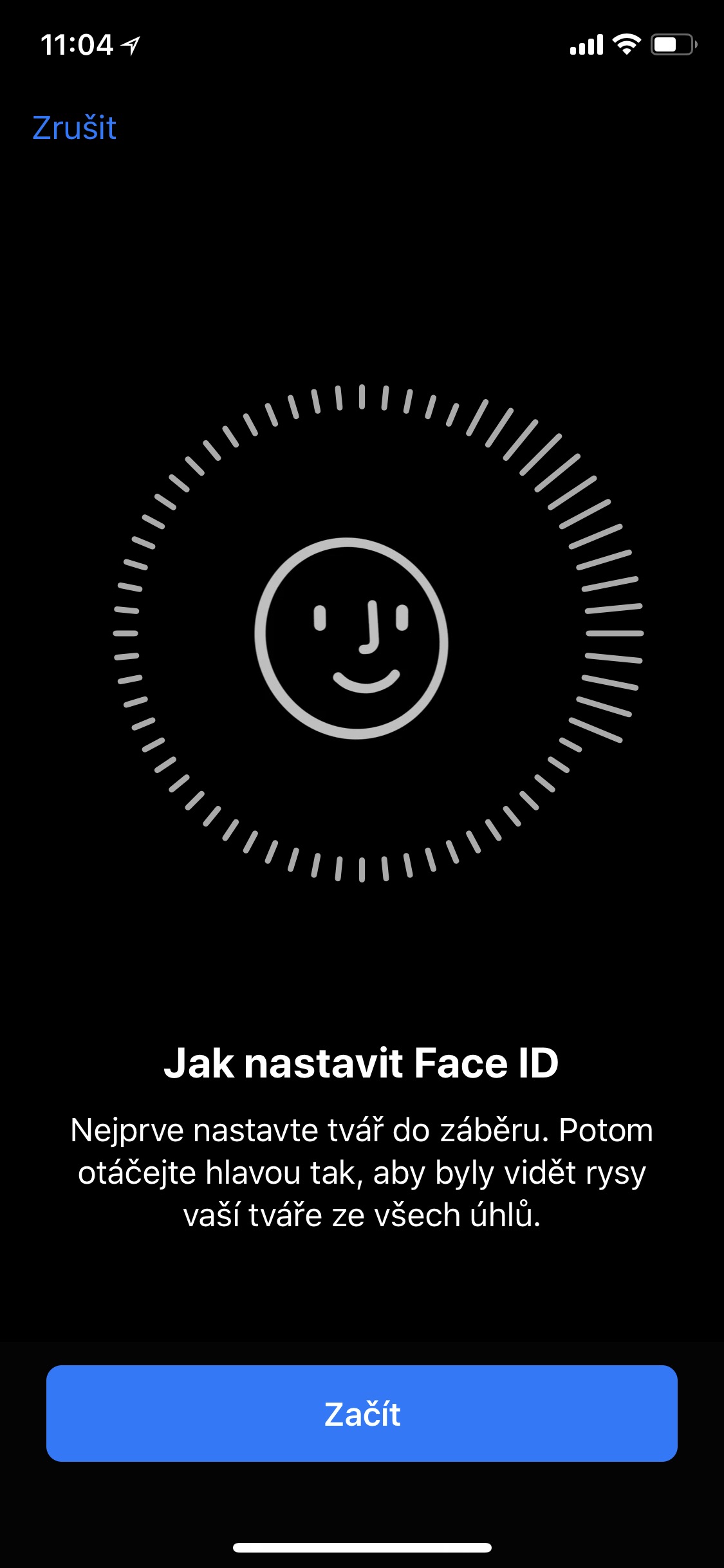iPhone is designed to protect your data and privacy. Built-in security features help prevent anyone but you from accessing your iPhone and iCloud data. Face ID and Touch ID are secure and convenient methods for unlocking your iPhone, authorizing purchases and payments, and signing in to many third-party apps. However, both are conditional on the access code being set.
Face ID and iPhone models that have it:
- iPhone 12, 12 mini, 12 Pro, 12 Pro Max
- iPhone 11, 11 Pro, 11 Pro Max
- iPhone X, XR, XS, XS Max
Face ID initial settings
If you didn't set up Face ID when you initially set up your iPhone, go to Settings -> Face ID & Passcode -> Set up Face ID and follow the instructions on the display. When setting up Face ID, by default you need to gently move your head in a circle to show your face from all sides. To add another face for Face ID to recognize, go to Settings -> Face ID & Passcode -> Set Alternate Appearance and follow the instructions on the display.
Temporarily disable Face ID
You can temporarily disable iPhone unlocking with Face ID if needed. Press and hold the side button and any of the volume buttons at the same time for 2 seconds. Once the sliders appear, immediately lock your iPhone by pressing the side button. When you don't touch the screen for about one minute, iPhone locks automatically. The next time you unlock your iPhone with a passcode, Face ID will be turned back on.
It could be interest you
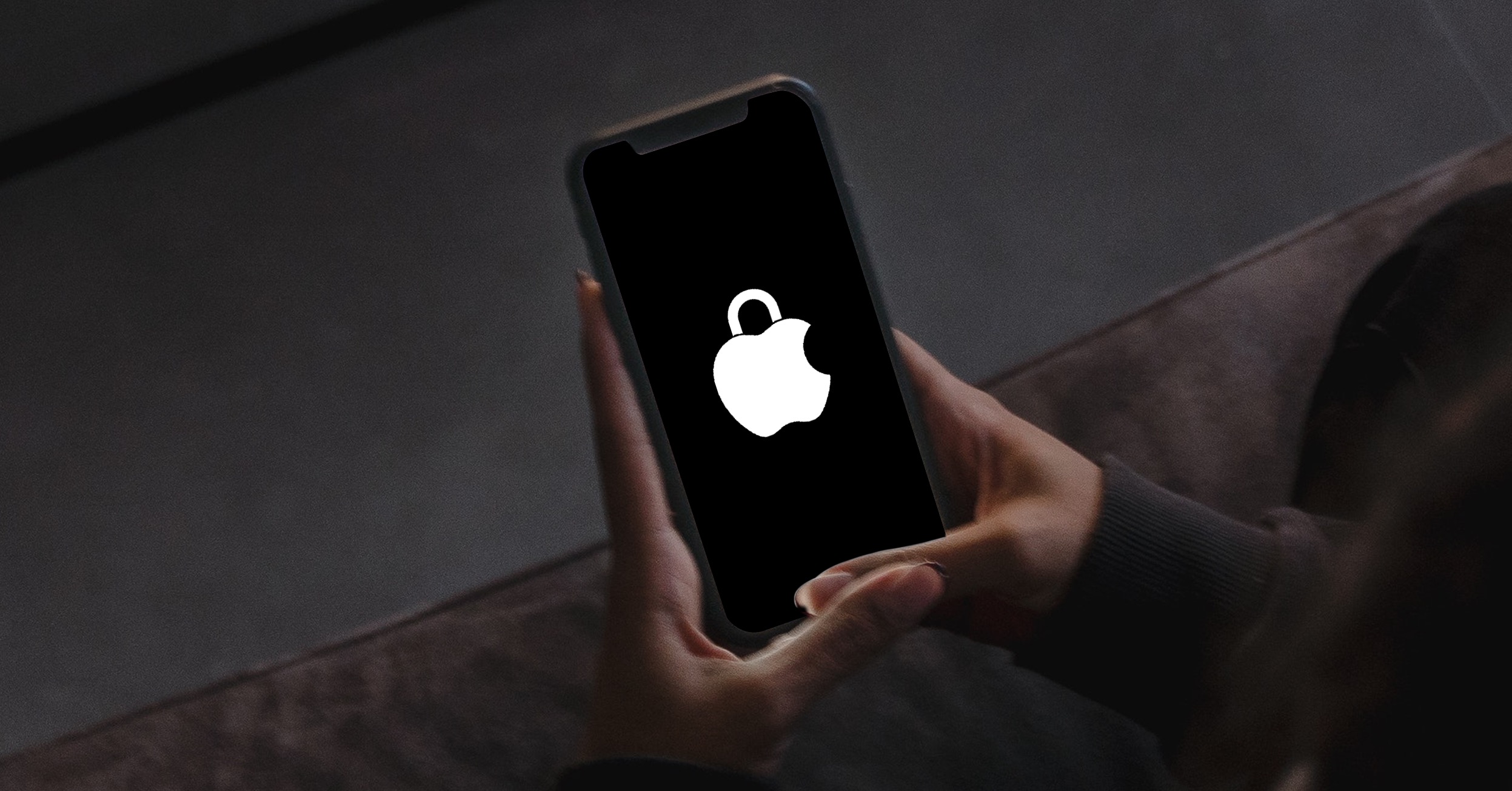
Turn off Face ID
Go to Settings -> Face ID and passcode lock and do one of the following:
- Turn off Face ID only for certain items: Turn off one or more of iPhone Unlock, Apple Pay, iTunes and App Store, and AutoFill in Safari.
- Turn off Face ID: Tap Reset Face ID.
What is good to know
If you have a physical disability, you can tap to set up Face ID Disclosure options. In this case, full head movement will not be required when setting up face recognition. Face ID will still be safe to use, but you'll need to look at your iPhone at roughly the same angle every time.
Face ID also offers an accessibility option designed for blind and visually impaired users. If you don't want Face ID to only work when you unlock your iPhone with your eyes open, go to Settings -> Accessibility and turn off the option Require attention for Face ID. If you enable VoiceOver when you first set up your iPhone, it turns off automatically.
It could be interest you

Change settings for attention
For better security, Face ID requires your attention. iPhone will only unlock when your eyes are open and you're looking at the display. iPhone may also show notifications and messages, keep the display on while you read, or turn down the notification volume under these conditions. But it has one drawback – if you wear glasses, sunglasses, or have changed your appearance a lot, Face ID will have trouble recognizing you. This will take longer to unlock the device or you will be prompted for a code.
If you don't want your iPhone to demand your attention, turn the feature off in Settings -> Face ID and passcode lock. Here you can turn off (or turn on) the following elements:
- Require attention for Face ID
- Features requiring attention
- Haptic on successful authentication
It could be interest you
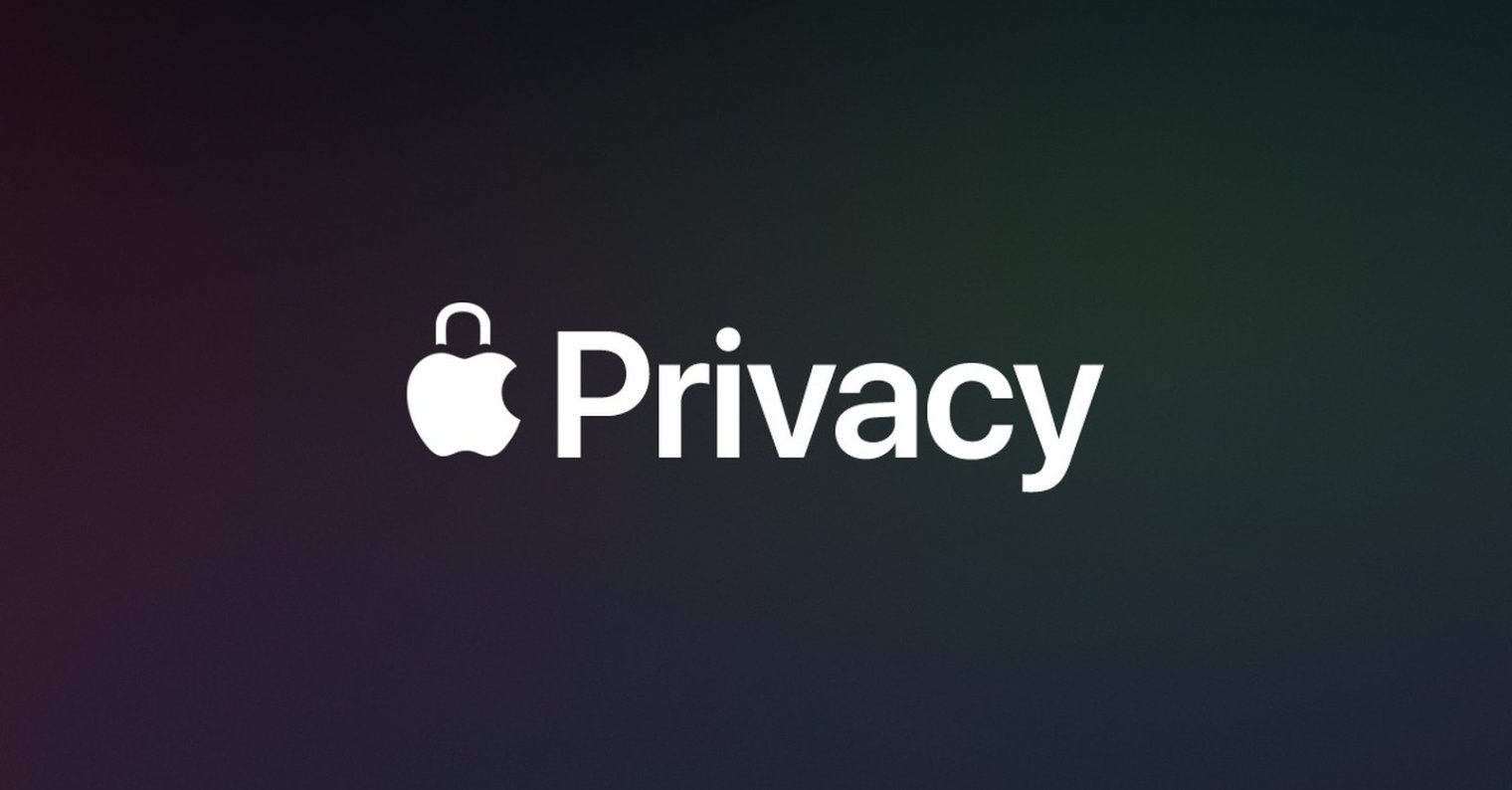
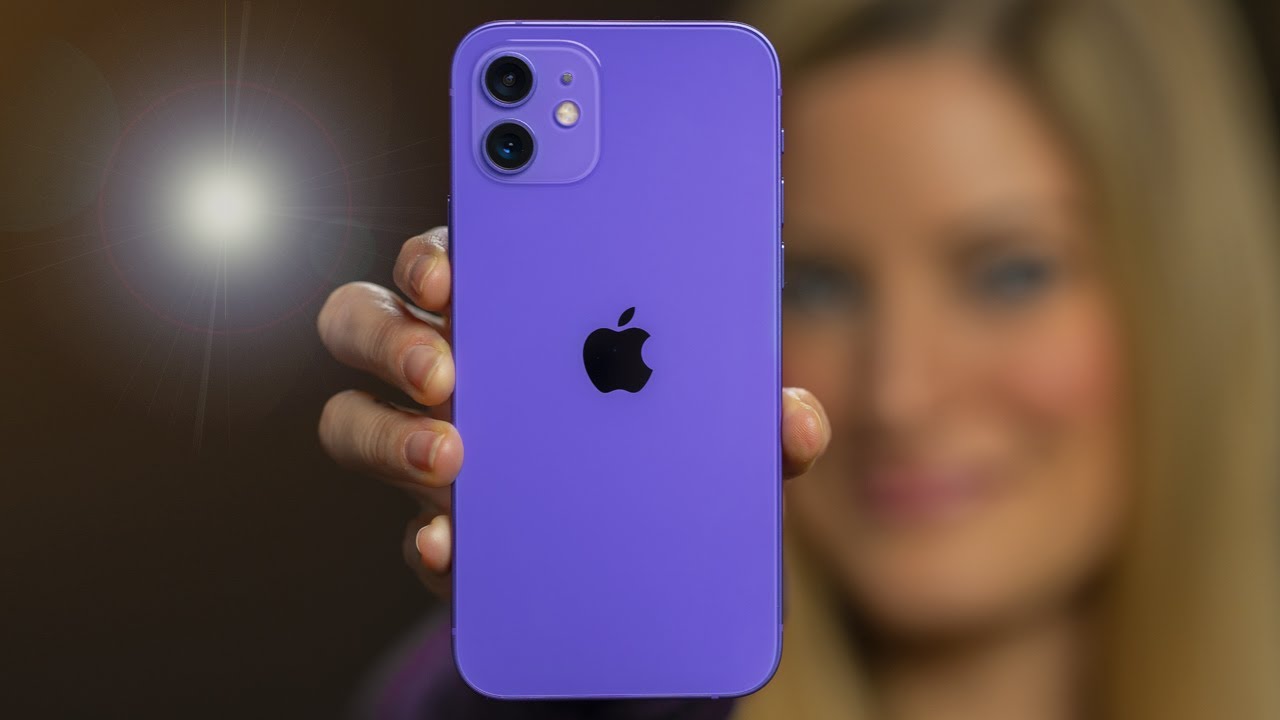
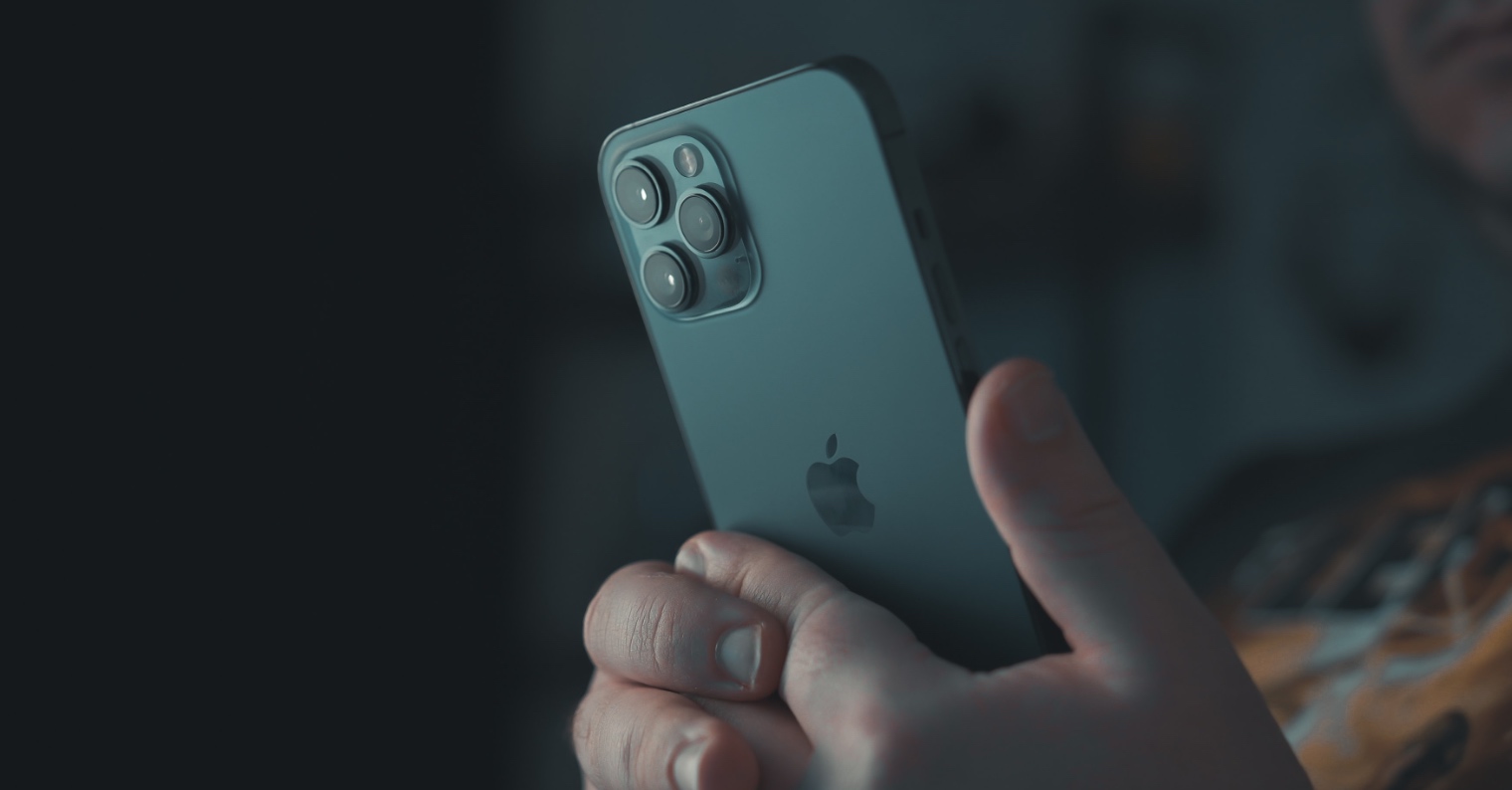
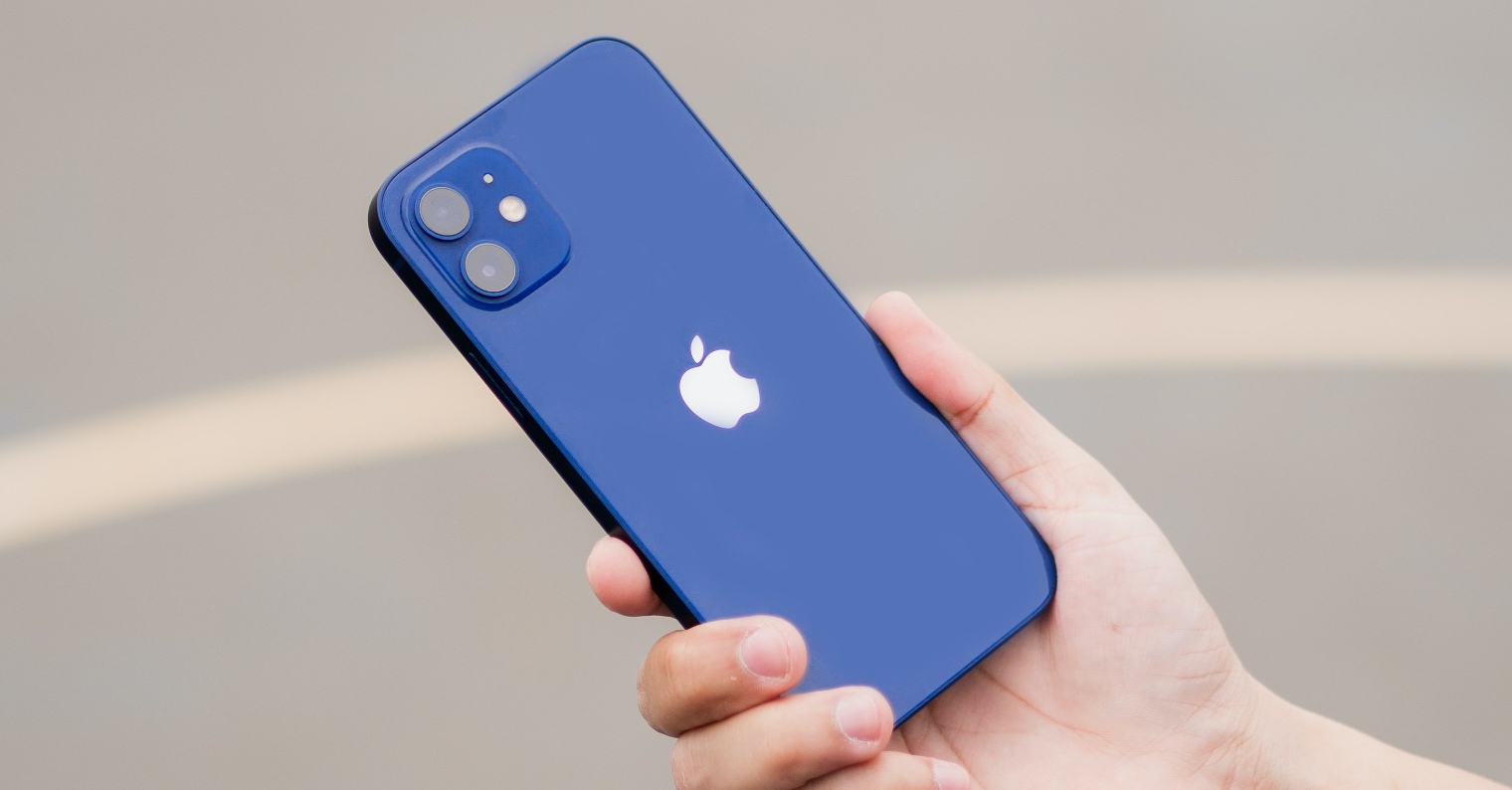

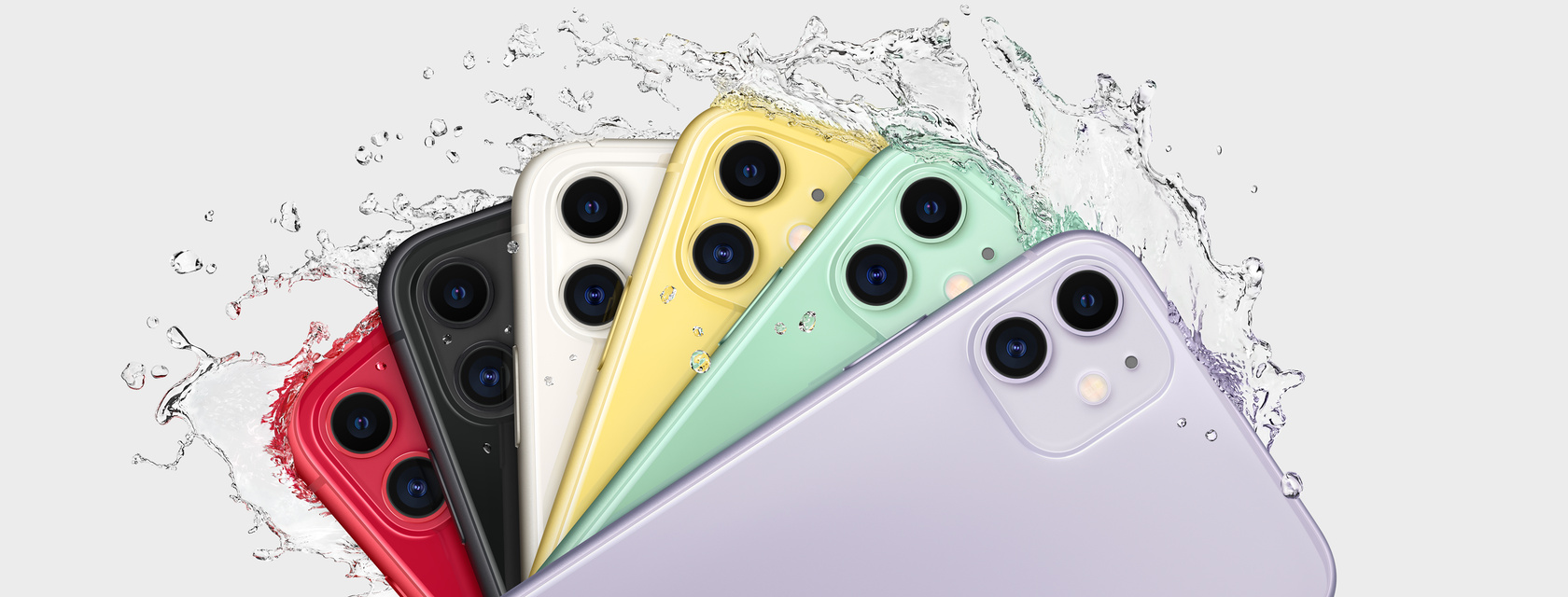
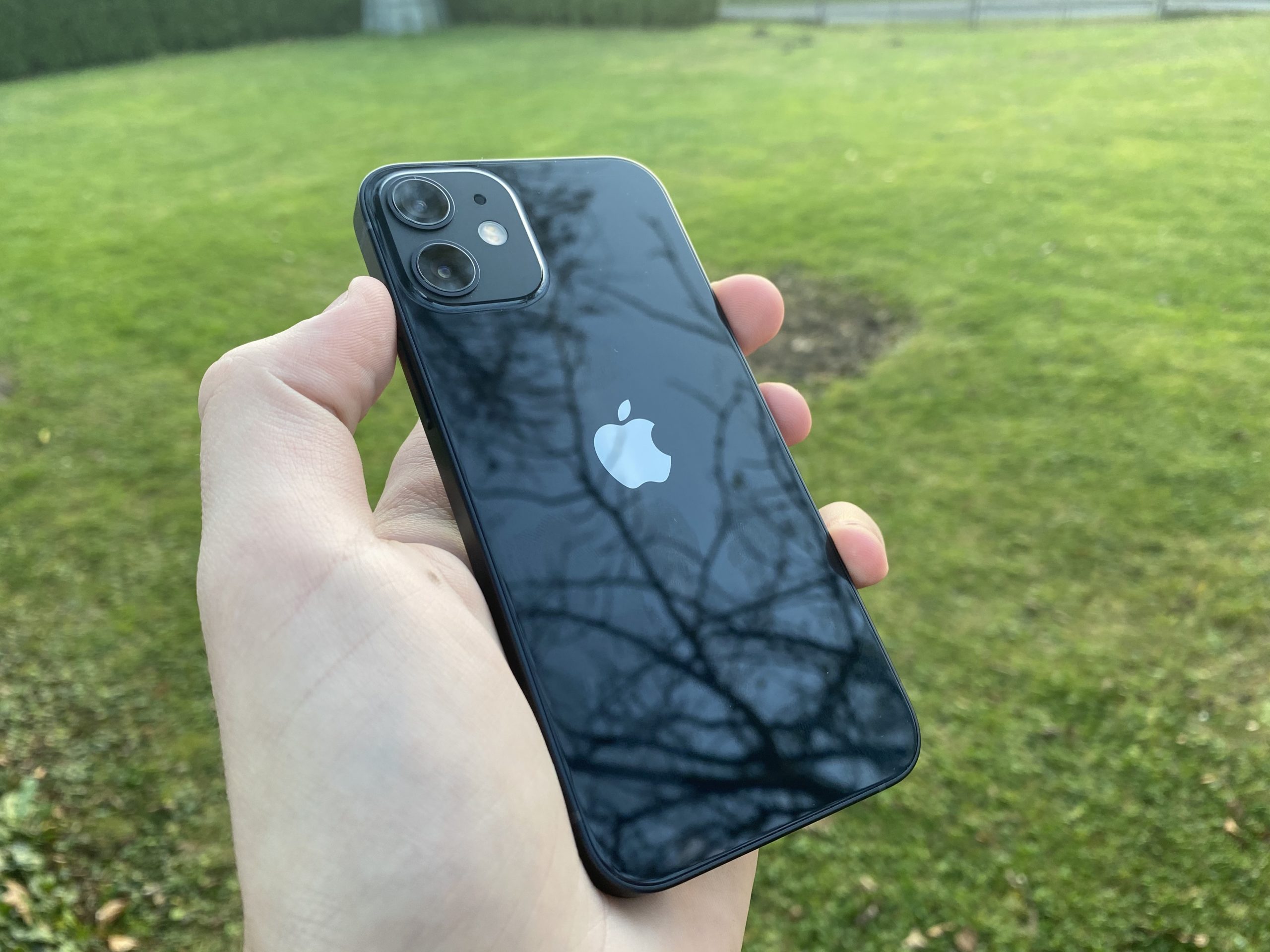
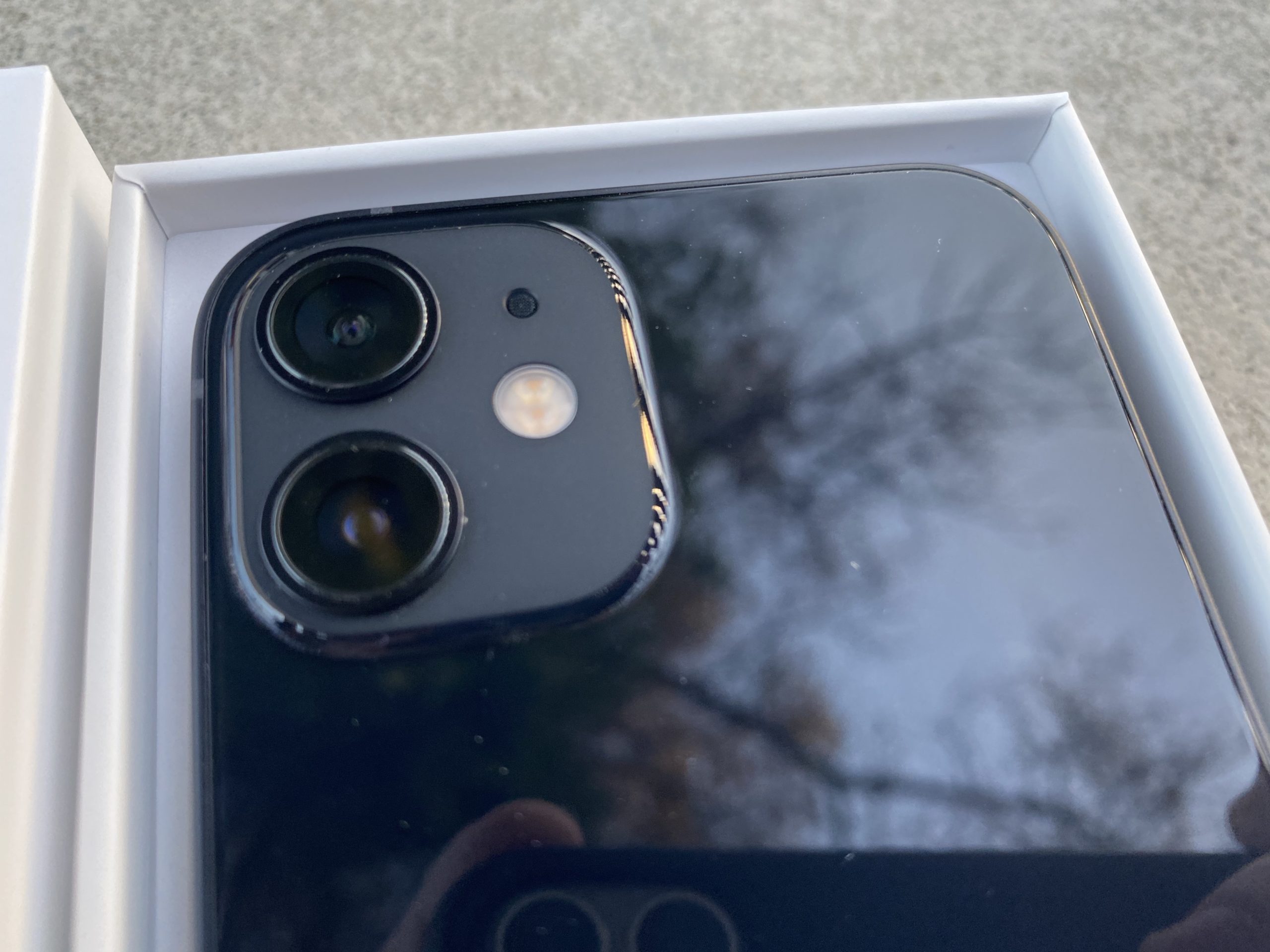
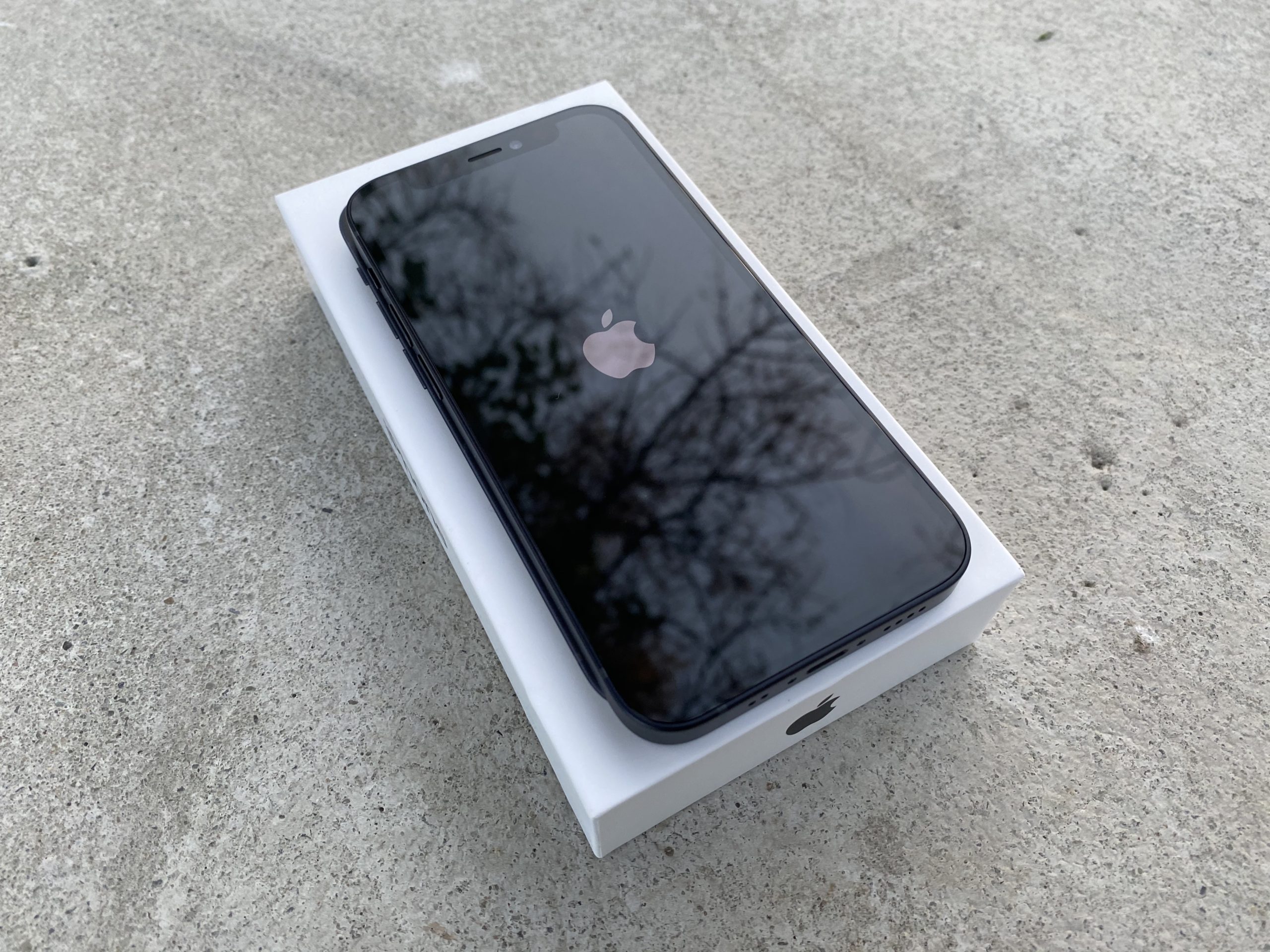
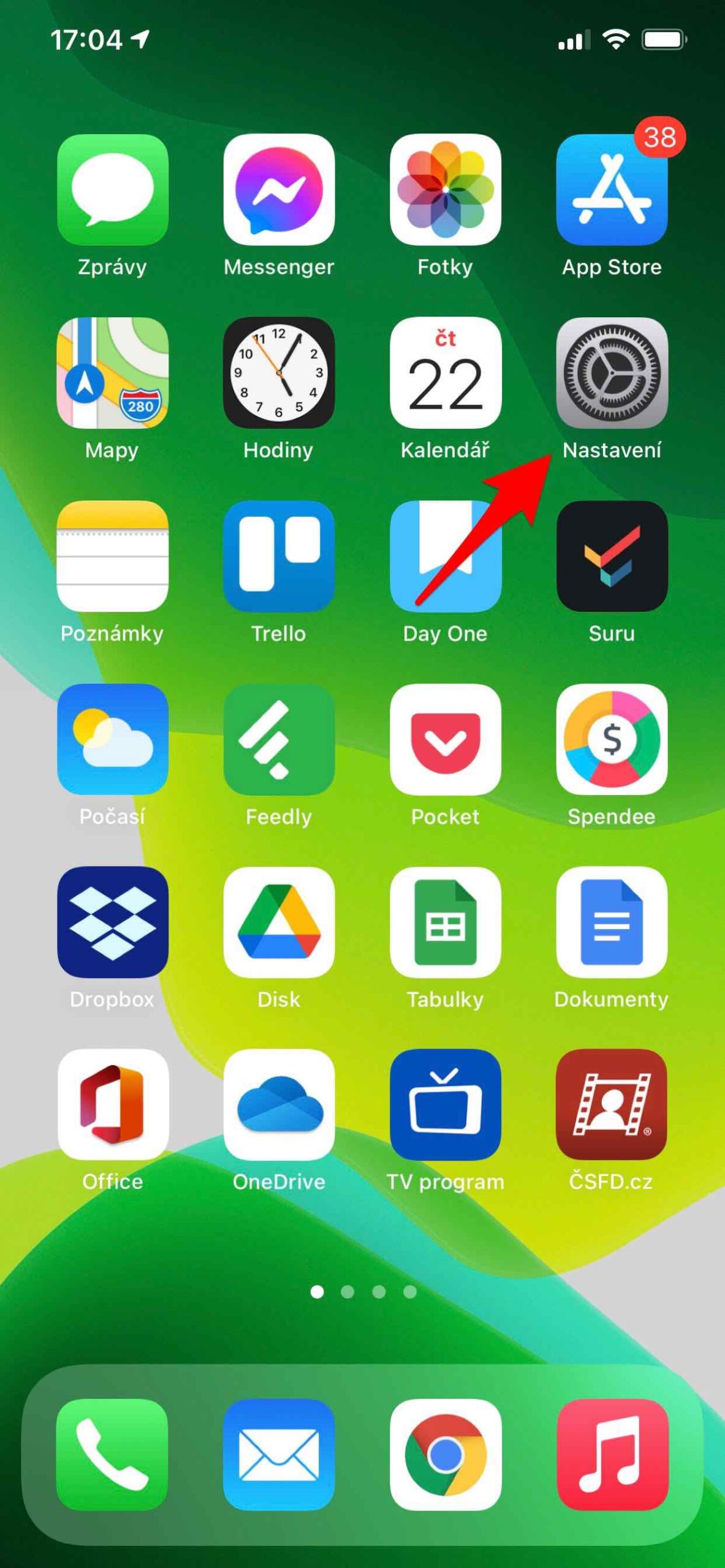
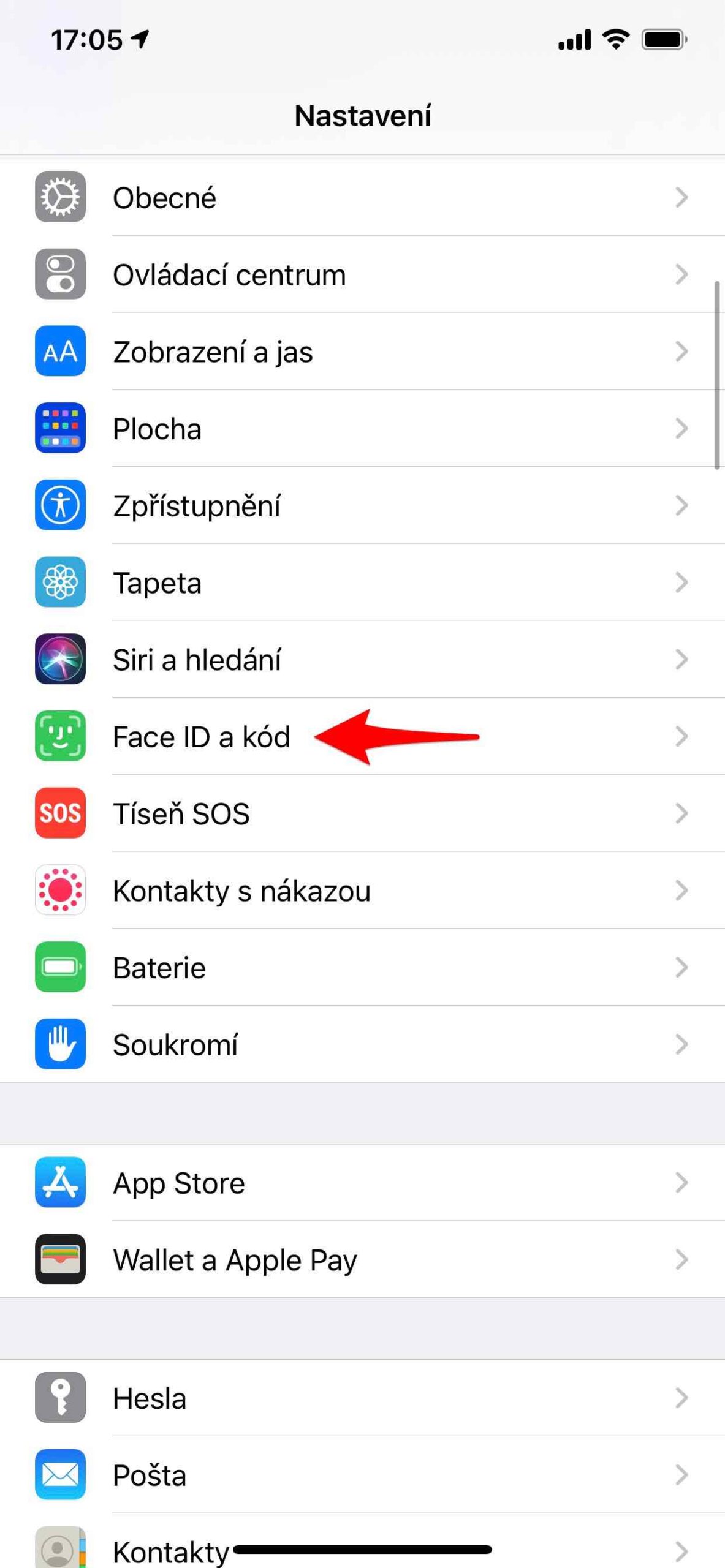
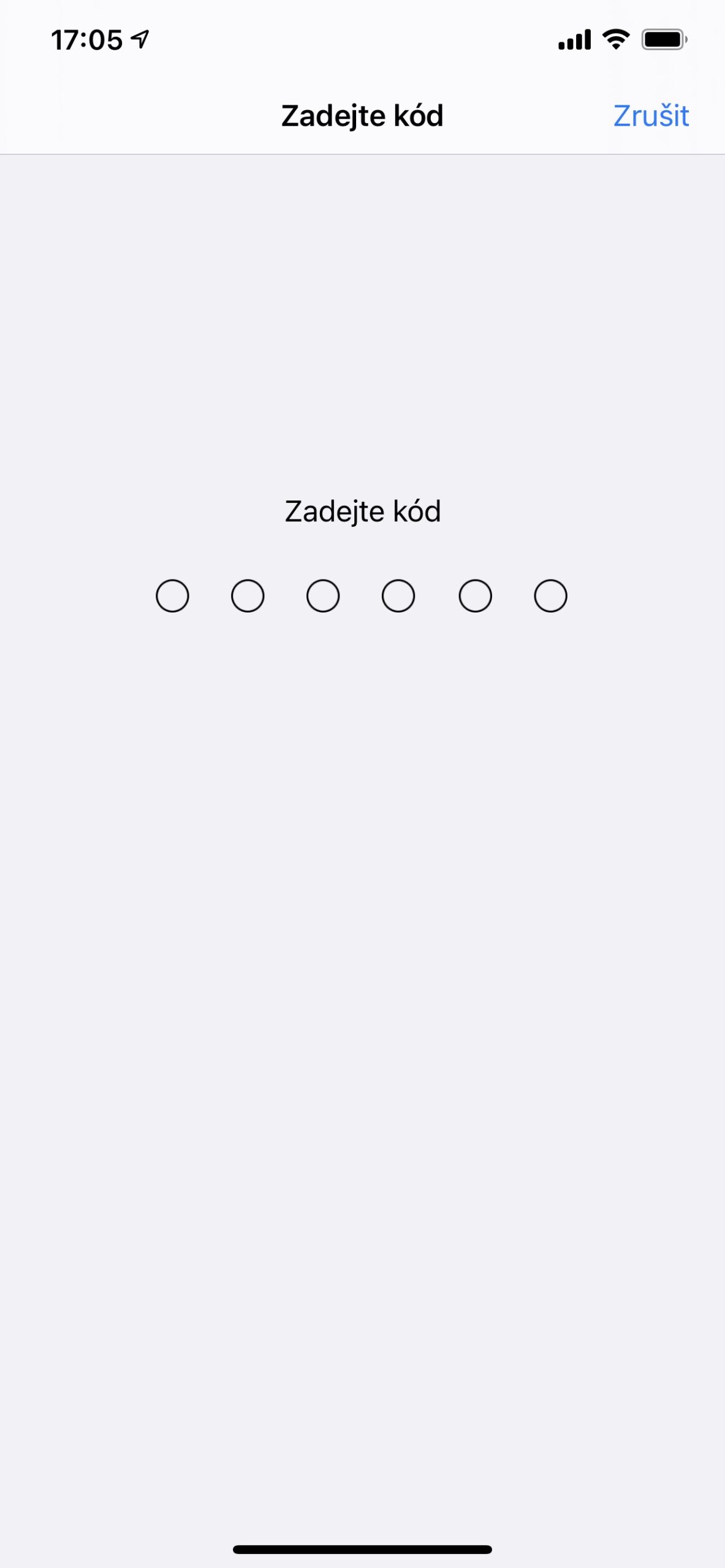
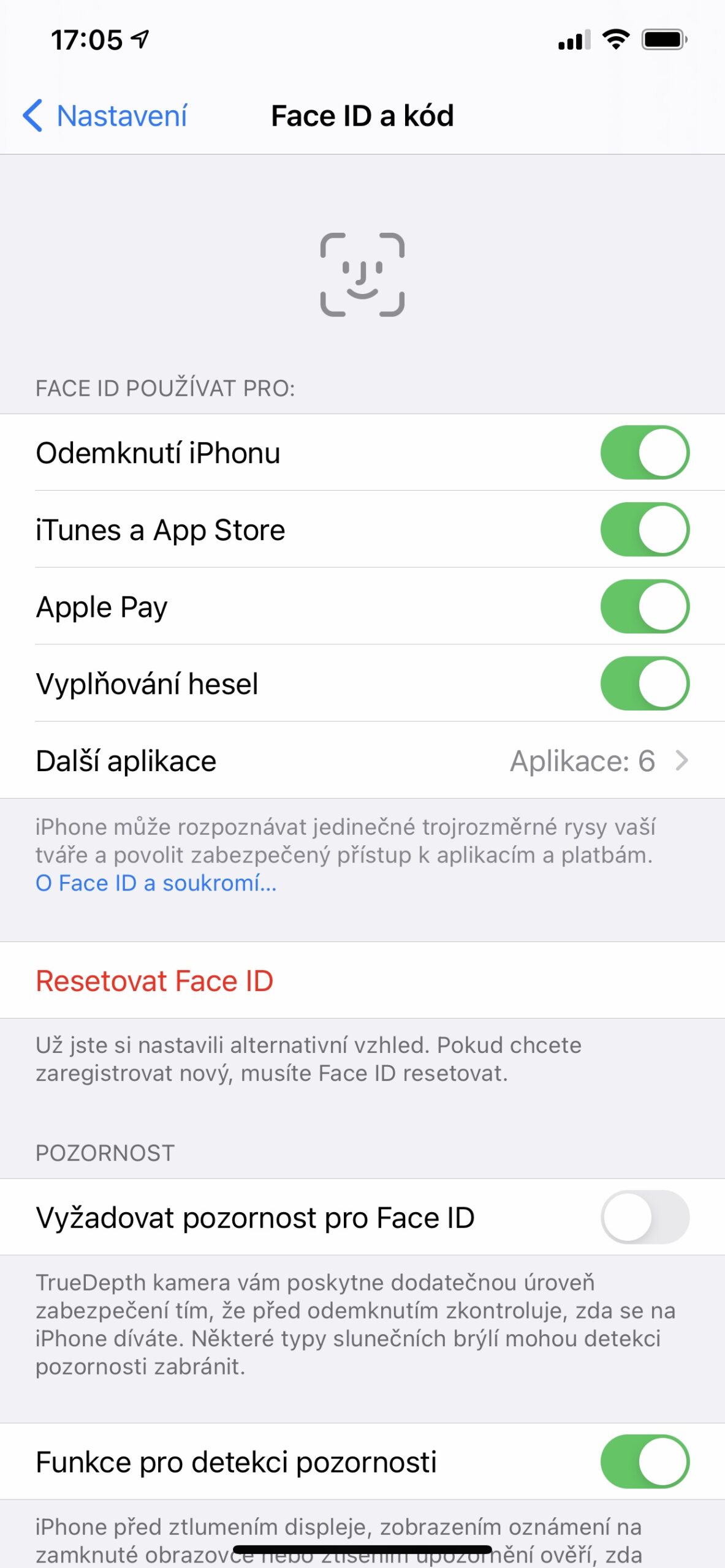
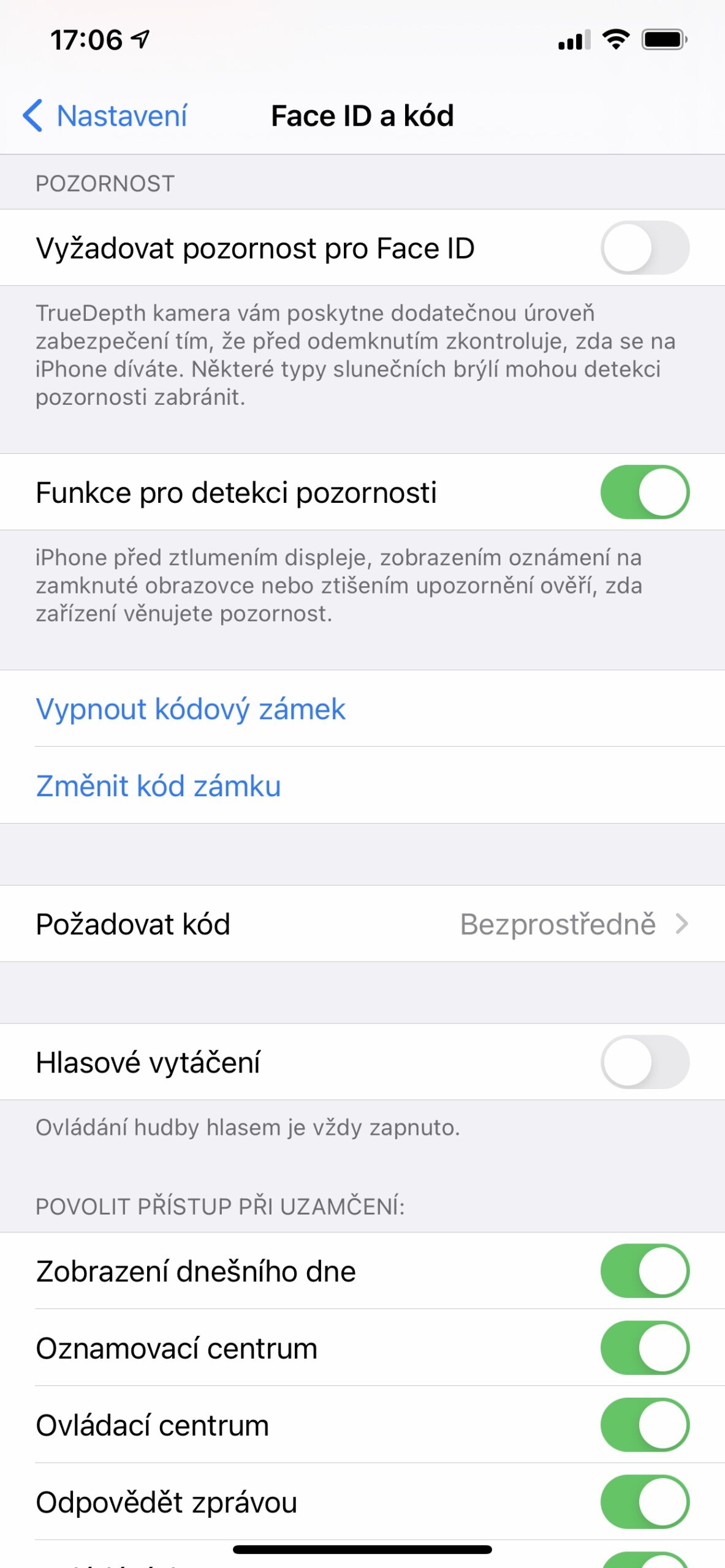

 Adam Kos
Adam Kos 